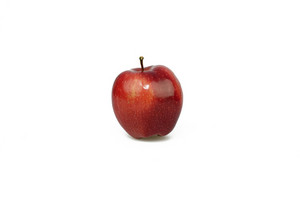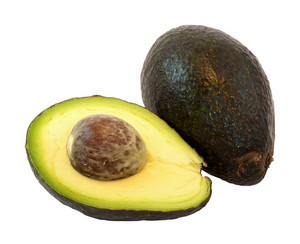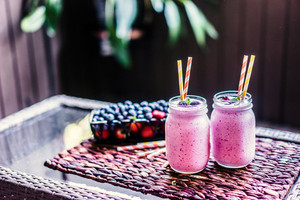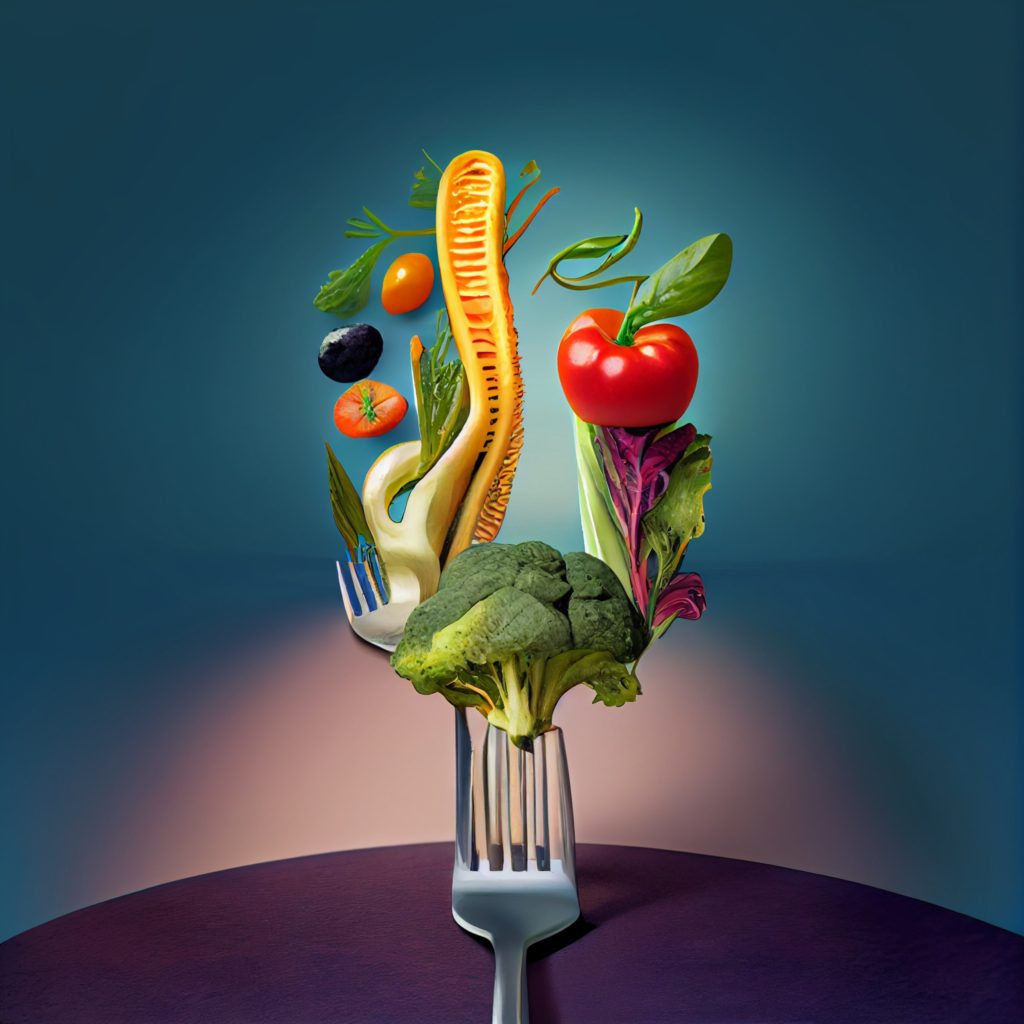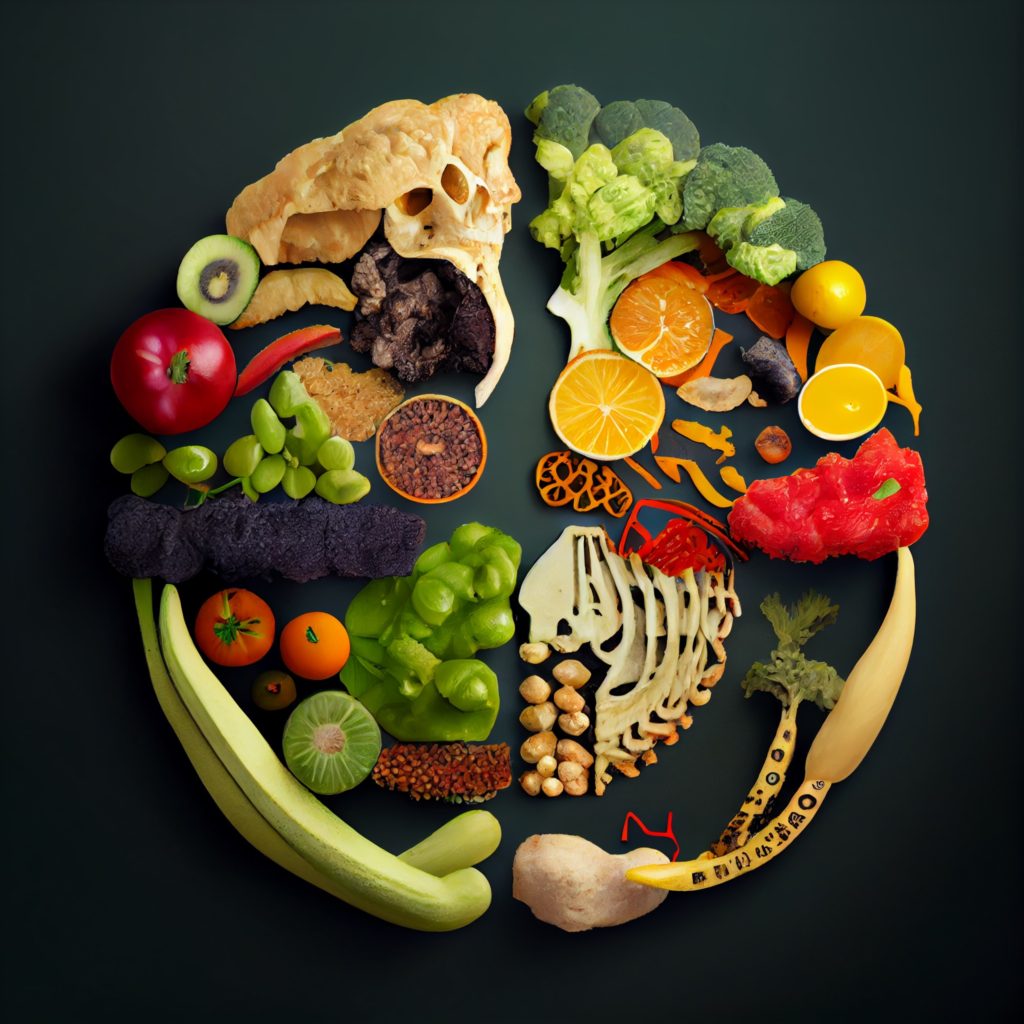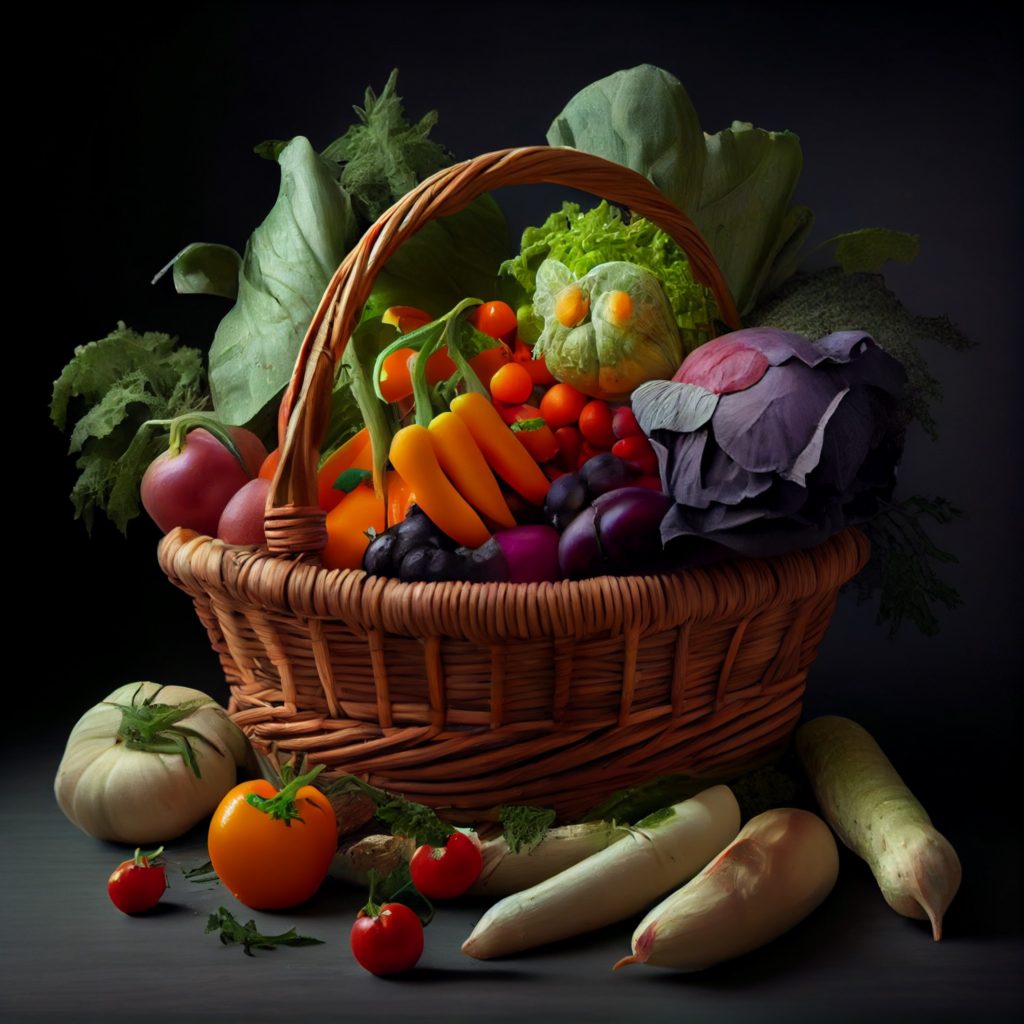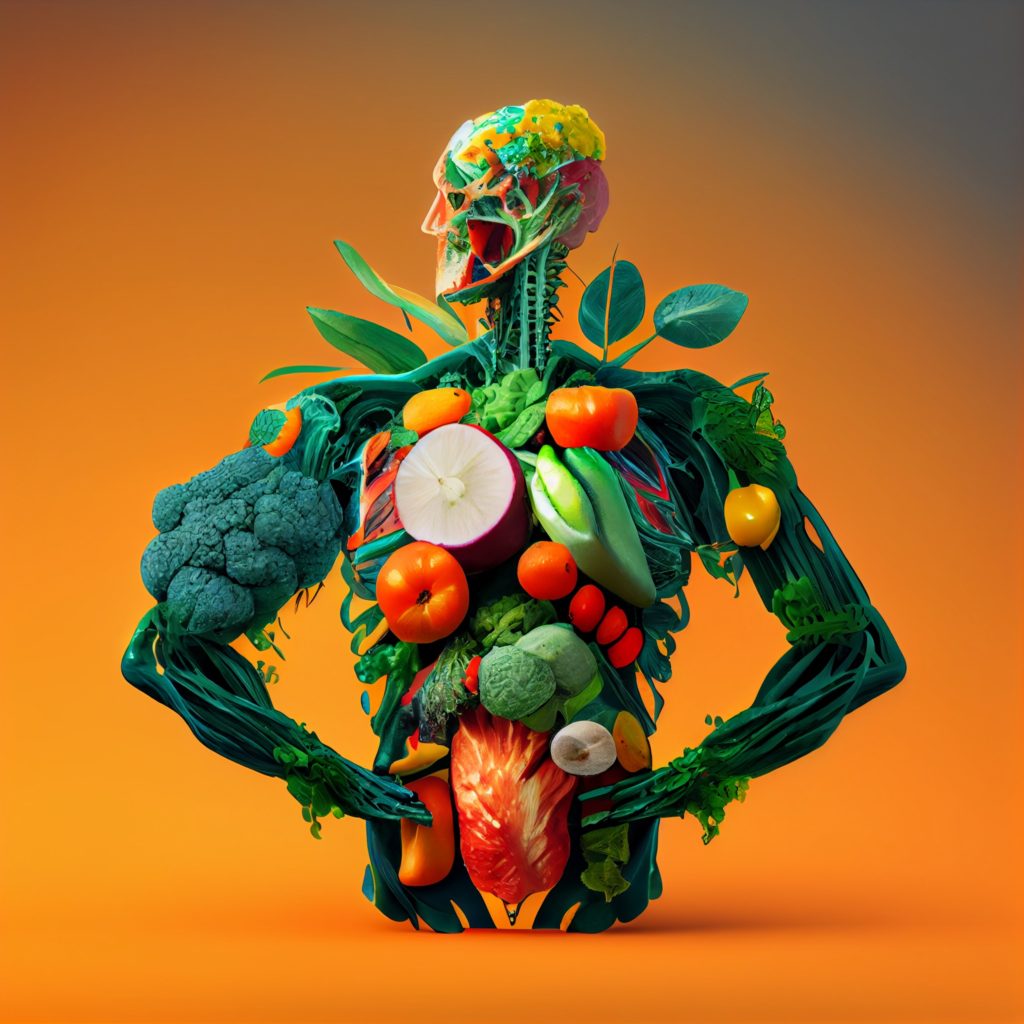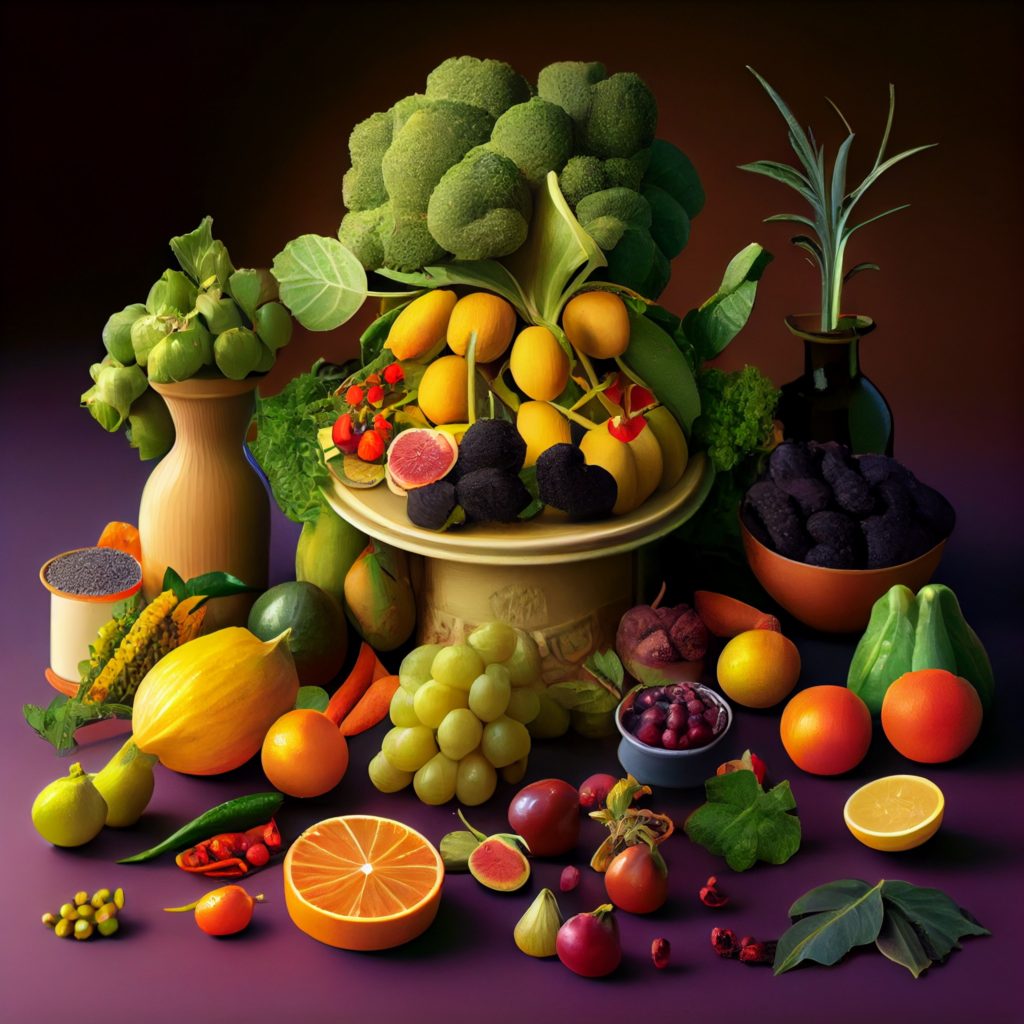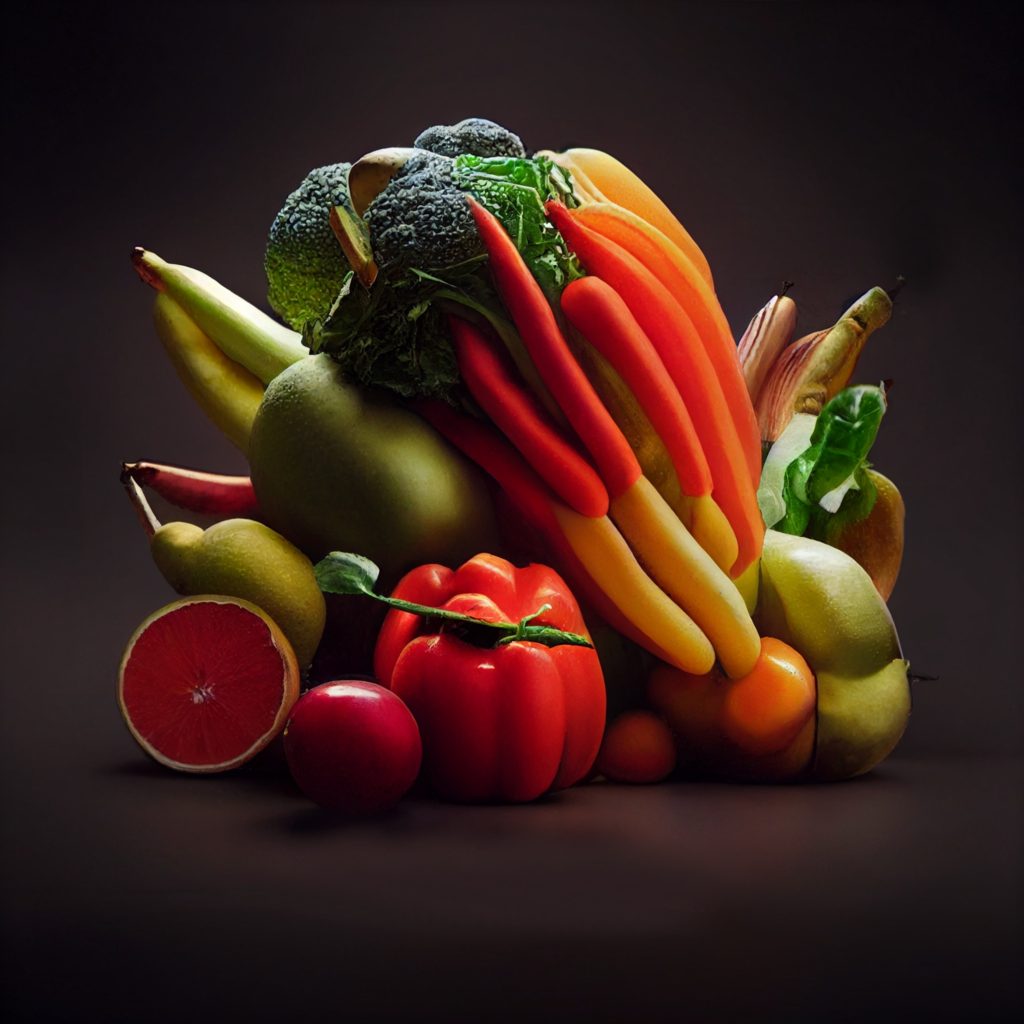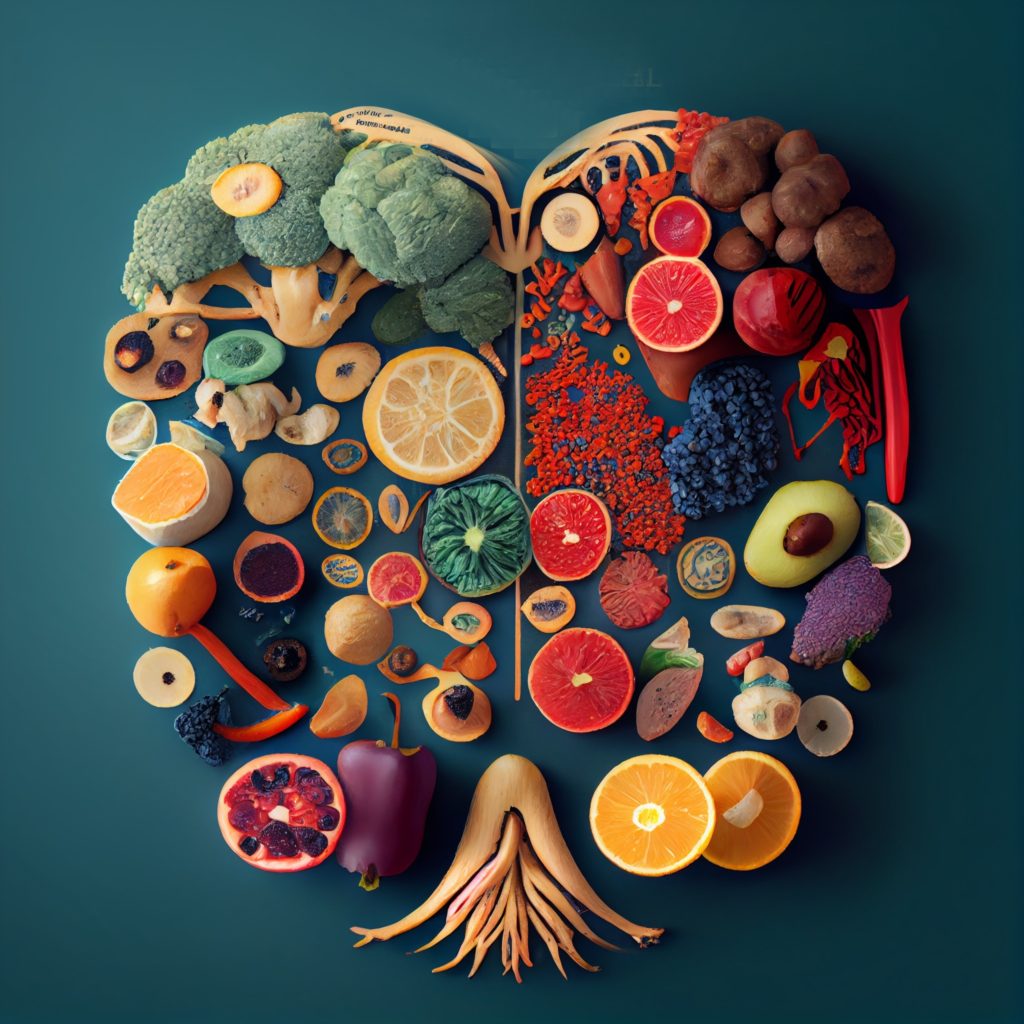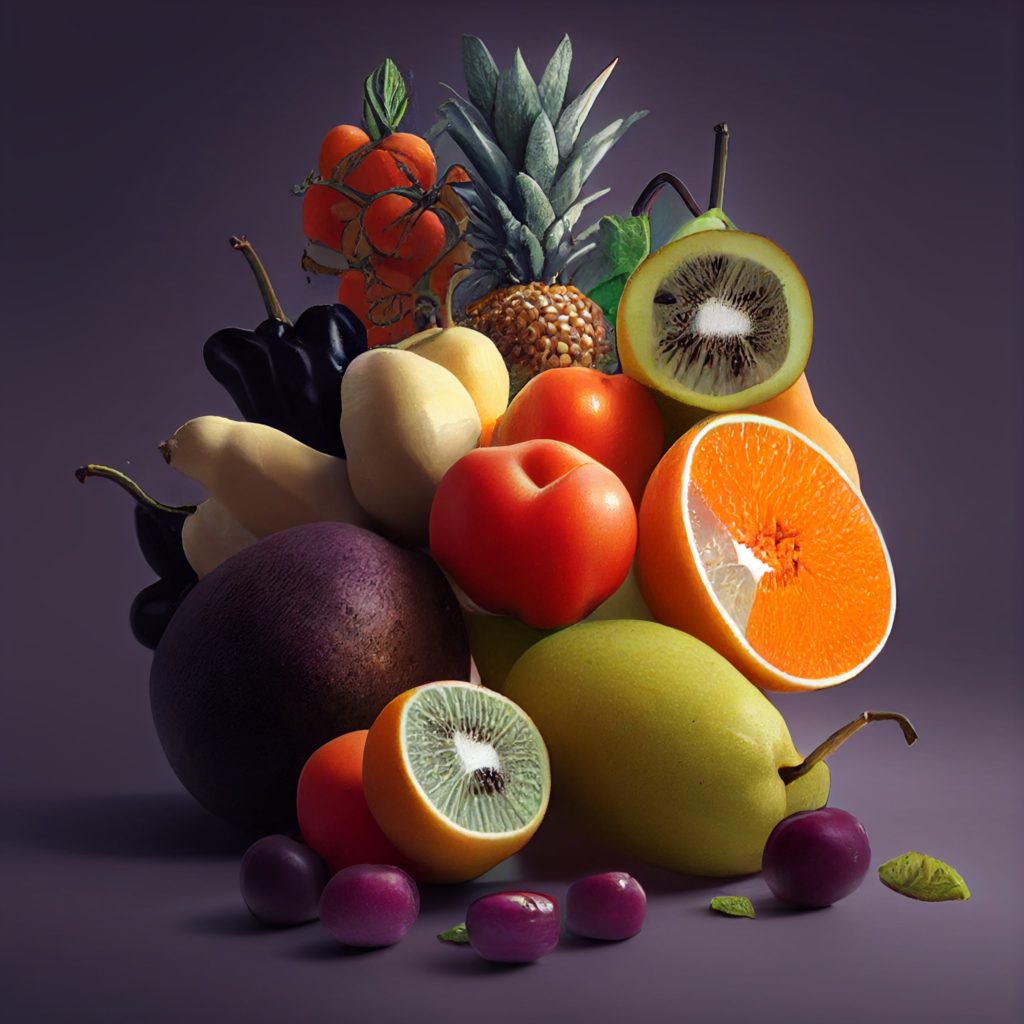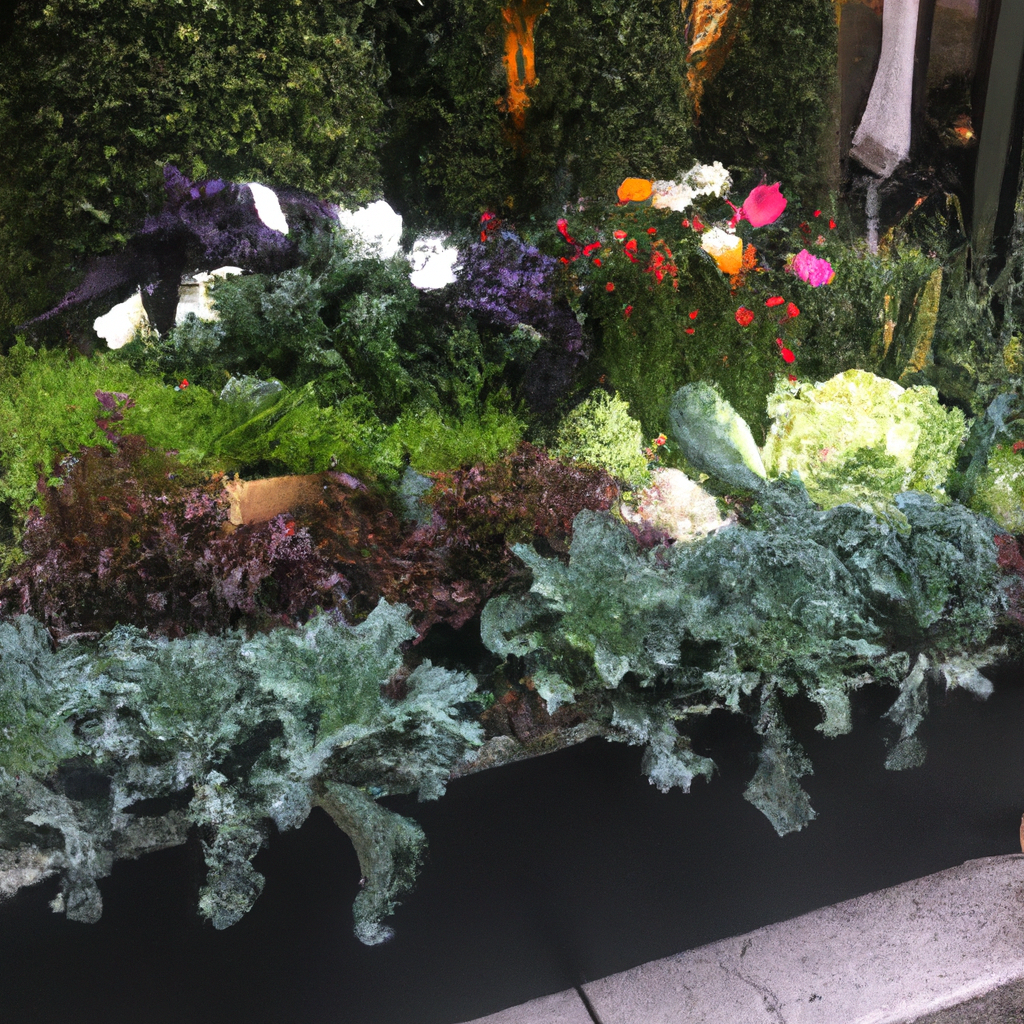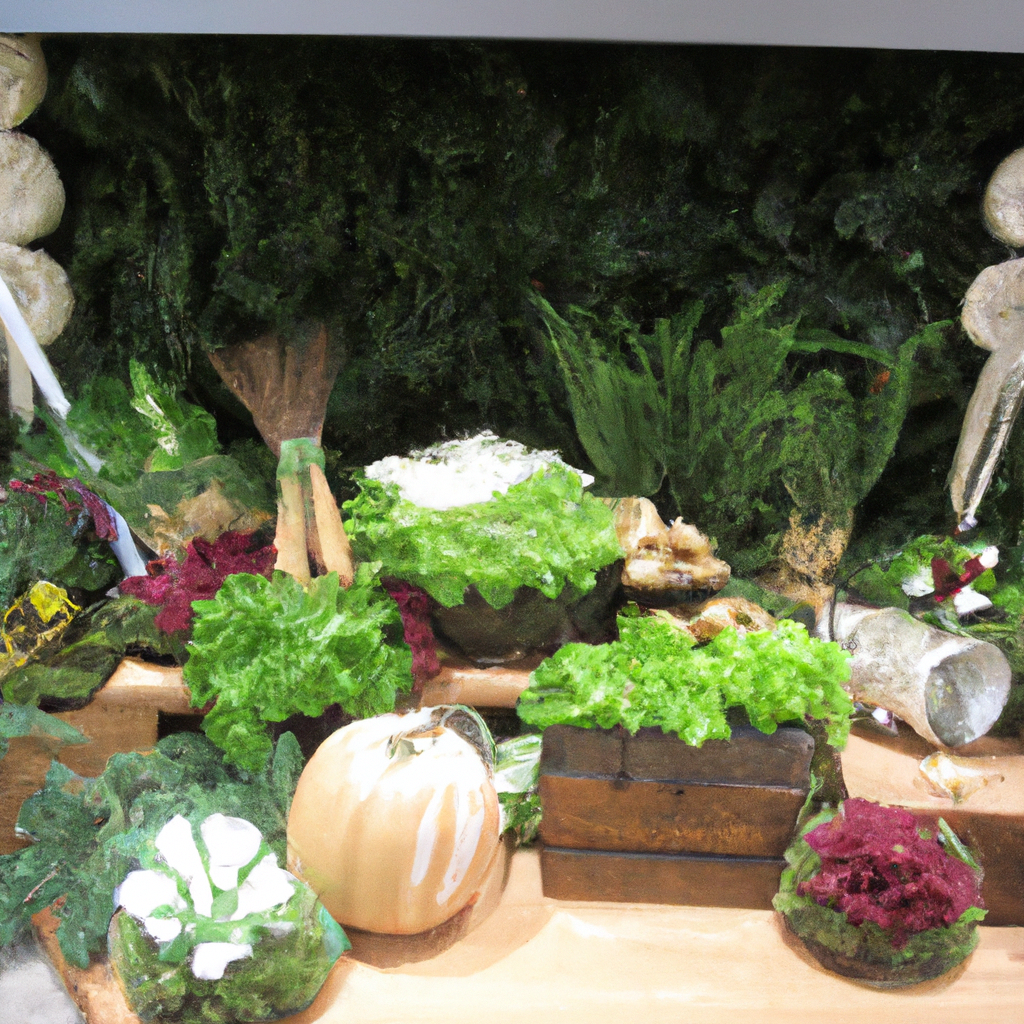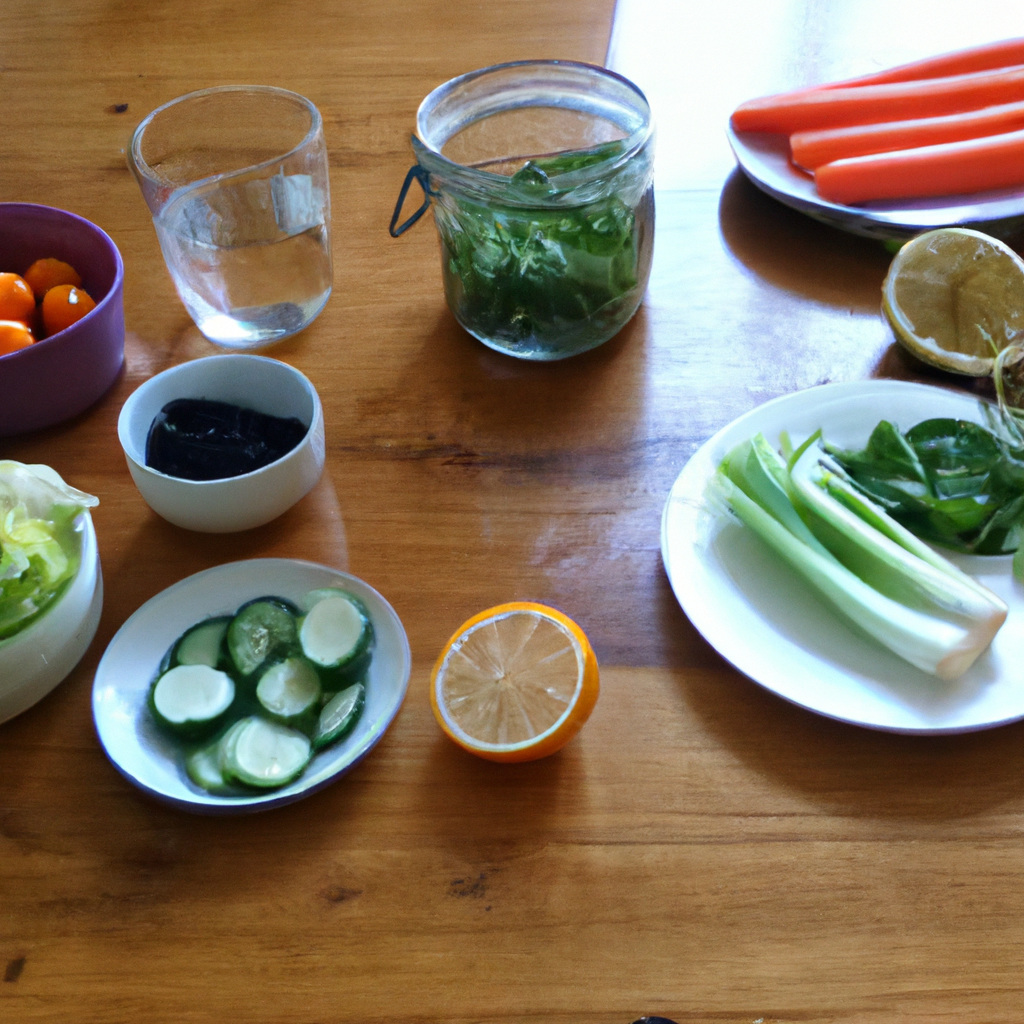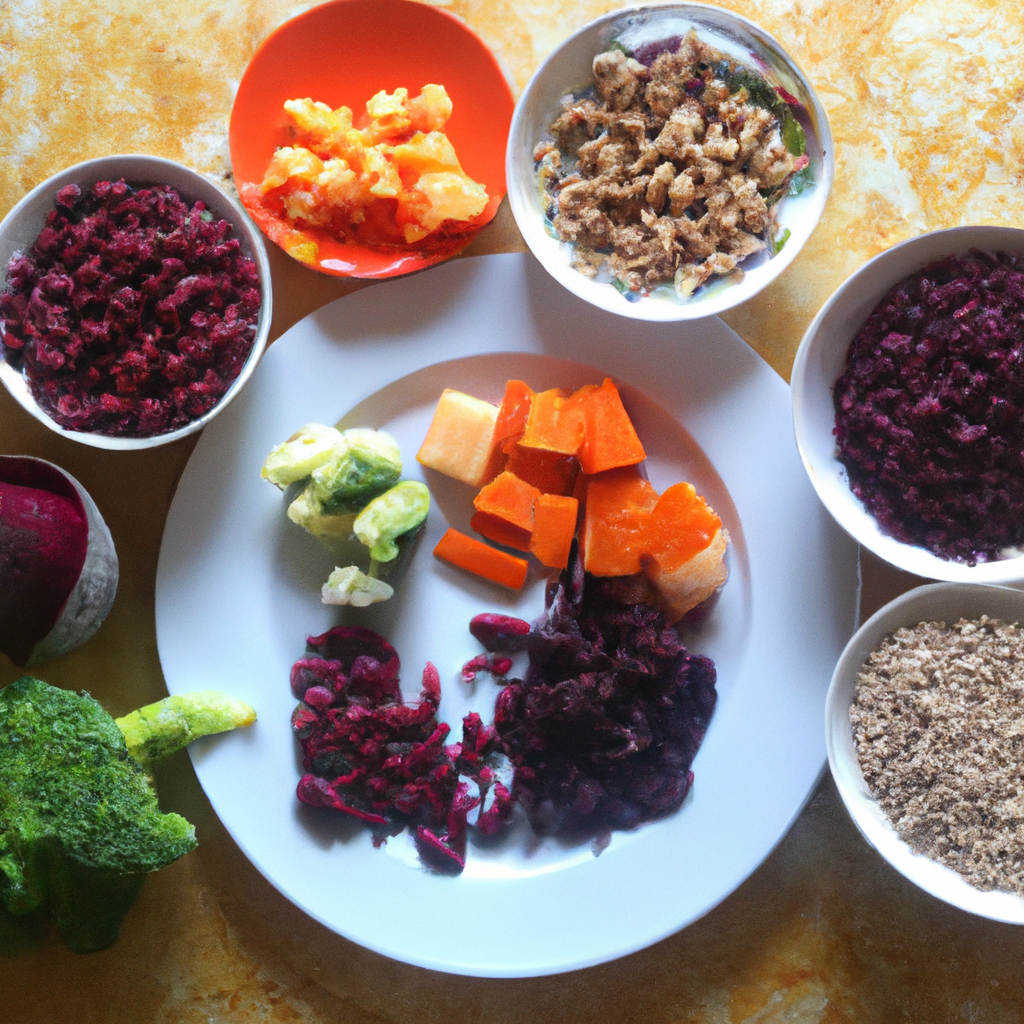Having a meal in the morning.
These delicious muffins are made with a combination of blueberries, oats, and other ingredients to create a nutritious and tasty treat. The oats provide a hearty texture and flavor, while the blueberries add a burst of sweetness. They’re great for breakfast, snacks, or dessert and make a perfect addition to any menu.
A Fruit and Yogurt Parfait is a delicious snack or breakfast dish made by layering yogurt and fresh or dried fruits in a cup or glass. The parfait is usually topped with granola and honey for a crunchy and sweet finish.
This vegan breakfast burrito is the perfect way to start your day! It’s made with tofu, bell peppers, onion, and spices, all wrapped up in a tortilla. It’s a delicious, healthy, and classic vegan breakfast that you can enjoy any time of the day.
A Chickpea Flour Omelet is a savory egg dish made with chickpea flour, a type of flour made from ground chickpeas, as the main ingredient. This omelet is cooked like a regular omelet, with eggs, herbs, spices, and vegetables added to the chickpea flour mixture. The end result is a delicious, fluffy omelet that can be served with a variety of toppings.
A vegan peanut butter and jelly sandwich is a sandwich made using vegan-friendly ingredients instead of the traditional peanut butter, jelly, and bread. It usually consists of nut butter, fruit spread, and bread or a substitute such as a vegan wrap or gluten-free bread. This type of sandwich is ideal for vegans and those with a dairy or gluten allergy.
Lunch is an important meal of the day, it helps to refuel after a morning of work or school. It’s important to include a variety of food in your lunch to ensure you get the nutrients you need. For example, you can include fruits and vegetables, lean protein, whole-grains, and dairy products. Eating a balanced lunch will help to keep you energized and focused throughout the day.
Nourishing your body with a balanced lunch is essential to maintain energy and focus throughout the day. Incorporating a variety of food groups into your meal will provide the necessary nutrients to do so. Try adding fresh fruits and vegetables, lean proteins, whole-grains, and dairy products to your plate for a nutritious and energizing lunch.
This wrap is quick and simple to make, consisting of hummus and vegetables.
This wrap is a snap to put together, using hummus and assorted veggies.
This dish consists of a mixture of quinoa and black beans served in a bowl.
Mediterranean Chickpea Salad is a tasty, healthy dish made with chickpeas, tomatoes, cucumbers, red onion, olives, feta cheese, parsley and a flavorful dressing. It is a great choice for a light lunch or as a side dish for a Mediterranean-themed dinner. The combination of ingredients creates a delicious and nutritious meal that is packed with plant-based proteins, healthy fats and essential vitamins and minerals.
This vegan chili recipe is a great way to enjoy a hearty meal without the use of any animal products. To make the chili, you will need the following ingredients: one onion, two cloves of garlic, one can of chili beans, one can of diced tomatoes, one can of corn, two tablespoons of chili powder, one tablespoon of cumin, two tablespoons of olive oil, and salt and pepper to taste. Start by heating the olive oil in a large pot over medium-high heat. Add the onion and garlic and cook until softened, about five minutes. Then add the chili beans, diced tomatoes, corn, chili powder, and cumin. Simmer for about 30 minutes, stirring occasionally. Season with salt and pepper as desired. Serve with your favorite toppings, such as avocado, vegan cheese, and vegan sour cream. Enjoy!
This vegan chili is a tasty way to get a filling meal without any animal products. Start by heating two tablespoons of olive oil in a large pot over medium-high heat. Add one chopped onion and two cloves of garlic and cook until softened, approximately five minutes. Then, add one can of chili beans, one can of diced tomatoes, one can of corn, two tablespoons of chili powder, and one tablespoon of cumin, and simmer for around 30 minutes, stirring occasionally. Finally, season with salt and pepper to taste. Serve with your favorite toppings, like avocado, vegan cheese, and vegan sour cream, and enjoy!
This soup has a smooth, velvety texture with a hint of creaminess.
This soup has a luxurious, creamy texture with a subtle hint of richness.
Supper is a time for people to come together and enjoy a meal. It is an opportunity to share food and conversation with those around you. It is a chance to relax and savor nourishing food after a long day of work or activities. Dinner is a time to reconnect with family and friends, to create memories and to show appreciation for one another.
This is a delicious vegan dish that is made with butternut squash, pasta, and a creamy vegan cheese sauce. The squash is cooked until it is soft and then blended with vegan cheese and a few spices to create a delicious sauce that coats the pasta. The result is a comforting, creamy meal that is both vegan and delicious.
This delicious vegan dish is a great way to enjoy tofu. Start by cutting the tofu into cubes and baking it in the oven. Once it’s crispy, top it off with a mouthwatering peanut sauce and some fresh herbs. The result is an amazingly flavorful meal that everyone will love!
This vegan delight is an excellent way to enjoy tofu. Cut the tofu into cubes and bake until it is crispy. Top it off with a scrumptious peanut sauce and garnish with fresh herbs for a tantalizing meal. The combination of flavors makes for a delectable dish that is sure to please!
This recipe calls for baking teriyaki tofu on a sheet pan.
This recipe provides a simple way to make tasty black bean burgers.
This dish offers a straightforward approach to creating delicious black bean burgers.
This flavorful dish is an easy way to enjoy a nutritious meal. Start by cooking quinoa according to package instructions. While the quinoa is cooking, prepare your favorite vegetables and seasonings. For a spicy twist, add a pinch of cayenne pepper or chili powder. Once the quinoa is done, combine it with the vegetables, seasonings, and any other ingredients you would like to add. Serve it in a bowl and enjoy!
Treating yourself to a snack can be a great way to take a break and enjoy a tasty treat. Whether it’s a salty, crunchy snack or a sweet, indulgent snack, it’s a great way to give yourself a pick-me-up throughout the day. Whether you’re looking for something to munch on while watching a movie or a quick bite between meals, there’s a snack that’s perfect for you.
A vegan cheese platter is a collection of vegan cheese alternatives, often accompanied by fruits, nuts, and crackers. It is an excellent appetizer or snack that is both delicious and animal-free!
Making homemade kale chips can be a delicious, nutritious snack. Just take some fresh kale, coat it with your favorite seasonings and bake it in the oven until it’s crispy. This simple recipe can give you a tasty, crunchy snack that’s full of nutrients.
Roasted Chickpeas are a type of snack food made from chickpeas, which are legumes. The chickpeas are cooked in the oven and then seasoned with a variety of spices and herbs to create a crunchy, savory snack. They can be eaten alone as a snack or used in salads or other dishes.
This tasty treat consists of frozen bananas cut into small pieces and then coated in chocolate.
These small morsels of deliciousness are made by slicing bananas into bite-sized chunks and then dipping them in melted chocolate.
Sliced Apples with Peanut Butter Spread
Black bean burrito bowls are a hearty and flavorful vegetarian meal that can be quickly and easily prepared. The main ingredients are black beans, rice, vegetables, and spices. All of these ingredients are cooked together and then served in a bowl with your favorite toppings.
Veggie Pizza is a delicious and nutritious meal option that is made without any meat or animal products. It is topped with a variety of vegetables, such as bell peppers, mushrooms, onions, and olives, to create a flavorful and filling meal.
This tasty curry is an ideal dish for a cold weather dinner.
Quinoa burrito bowls are a delicious and nutritious vegetarian meal. They’re made with quinoa, which is a grain that is high in protein and fiber, as well as other vegetables and seasonings. They’re filling and provide a great source of plant-based nutrition.
This salad, made with chickpeas, is a great option for a light meal at lunchtime or dinnertime.
Spicy Tofu Scramble is a delicious and filling dish made with tofu, vegetables, and seasonings. It’s perfect for a satisfying and flavorful breakfast or brunch.
These brownies are a scrumptious and nutritious dessert choice. They are made with black beans, giving them a unique and wholesome flavor that is sure to delight!
Delicious Sweet Potato Fries: This plant-based dish is always a crowd-pleaser.
Grilled Vegetables: A nutritious and straightforward dish for a vegetarian meal.
Tomato Basil Soup: This timeless soup is ideal for a chilly day.
Veggie Chili: This chili is ideal for a cozy winter dinner.
Grilled Cheese Sandwich: A beloved dish from childhood, this classic sandwich is great for those following a vegetarian diet.
Potato Salad: This timeless vegetarian dish is ideal for a warm-weather meal.
Fruit Salad can be a great option to have a light and refreshing plant-based meal. It can be easily prepared with a variety of fruits, making it a delicious and healthy choice.
Kale Salad is a nutritious and scrumptious salad selection that is sure to tantalize the taste buds. It’s a great way to get a nutritious boost in your diet.
Veggie Stir-Fry is a delicious and nutritious dinner option that only requires a few simple ingredients and minimal cooking time. It is full of vegetables, making it an excellent source of fiber, vitamins, and minerals. It can be quickly prepared and is a great option for busy weeknights or when you are looking for a plant-based meal.
Lentil Soup: An incredibly filling and nutritious soup choice.
PB&J is a beloved combination of plant-based ingredients that has been enjoyed for generations. This combination of peanut butter and jelly makes for a delicious and nutritious meal.




